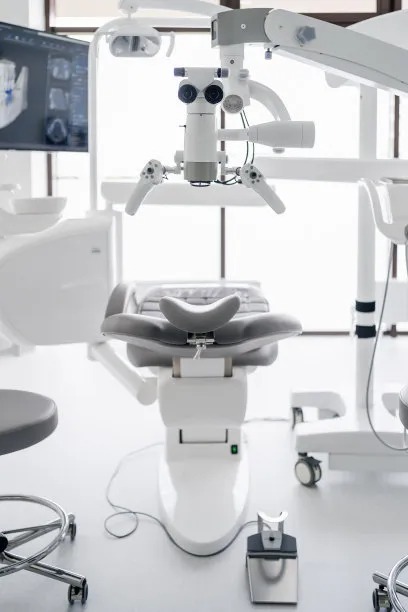Exploring the Emotional and Physical Journey of Extracting a Tooth for Better Oral Health and Wellbeing
Summary: This article delves into the complex emotional and physical journey of tooth extraction, framing it as a necessary step toward improved oral health and overall well-being. The process begins with recognizing the emotional turmoil that patients face, continues with understanding the physical implications of the procedure, explores the long-term benefits for dental health, and concludes with the significance of aftercare in ensuring recovery. Through these perspectives, the article aims to alleviate fears and highlight the positive aspects of tooth extraction for those hesitant about dental procedures.
1. Navigating the Emotional Landscape of Tooth Extraction

Tooth extraction can stir a myriad of emotions for patients, ranging from anxiety and fear to relief and acceptance. The thought of undergoing a dental procedure often triggers anxiety due to concerns about pain, long recovery times, and the overall impact on their daily lives. Many patients worry about the potential implications this treatment might have on their oral function and aesthetics.
Furthermore, patients emotional responses can also stem from past negative experiences at the dentist or the stigma that surrounds tooth removal. This emotional burden can lead to stress and avoidance of seeking dental care altogether, thereby worsening their oral health. The first step in addressing these feelings is fostering an understanding of dental procedures through open conversations with dental professionals.
Acceptance is the ultimate emotional goal. Many patients feel relief post-extraction once they understand that the procedure is often necessary to prevent further complications, such as infection or decay. By recognizing that tooth extraction is a path toward better health, patients can experience a shift from fear to empowerment.
2. Understanding the Physical Implications of Extraction
The physical journey of extracting a tooth begins with an assessment by a dental professional to determine if extraction is indeed necessary. Factors like decay, crowding, or infection can lead to the need for this procedure. Once the decision is made, patients must prepare for the practicalities of the extraction process, which includes anesthesia and the actual removal of the tooth.
During the extraction, several steps take place, starting with numbing the area to minimize pain. Post-extraction, patients may experience varying levels of discomfort, swelling, or bruising. Understanding these potential physical responses helps set realistic expectations and prepares patients for effective management of recovery.
The healing phase is crucial following a tooth extraction, as the body begins to repair itself. While discomfort can last from a few days to a week, most patients can return to their regular activities after a short recovery period. Awareness of these physical aspects can empower patients to approach their extraction with a resilient mindset.
3. Long-term Benefits for Dental Health
Despite the initial discomfort, extracting a problematic tooth can lead to significant long-term benefits for oral health. Removing infected or damaged teeth prevents further complications, like the spread of infection to surrounding gums or other teeth. This proactive approach also sets the stage for better dental hygiene practices, paving the way for healthier teeth in the future.
Moreover, for individuals with overcrowded teeth, extraction can create space, allowing for orthodontic treatment and a straighter smile. The positive impact on ones self-esteem can be substantial, transforming not only dental appearance but overall confidence as well.
Additionally, ensuring that remaining teeth are healthy often leads to more positive dental experiences in the future. Fewer complications mean fewer visits to the dentist for urgent care, allowing for a more routine and less stressful relationship with dental health.
4. The Importance of Post-Extraction Care
Post-extraction care is essential for a swift and smooth recovery. Patients are typically provided with guidelines on managing pain and preventing infection, which may include prescribed medications, dietary adjustments, and proper oral hygiene techniques. Adhering to these recommendations is vital for minimizing discomfort and ensuring that the extraction site heals efficiently.
Avoiding certain foods and activities, such as smoking or using straws, is often advised. Not adhering to these guidelines can lead to complications such as dry socket, which significantly extends recovery time. Therefore, understanding the importance of post-operative care can prevent unexpected setbacks.
Engaging in follow-up visits also plays a crucial role in recovery, as dental professionals can monitor healing and address any concerns that arise. These proactive steps reinforce a positive association with dental care and encourage individuals to continue taking charge of their oral health.
Summary:
The emotional and physical journey of extracting a tooth can be daunting, yet it signifies a step toward achieving better oral health and overall well-being. From navigating initial fears to realizing the long-term benefits, understanding this journey is vital for patients approaching this necessary procedure.
This article is compiled by Vickong Dental and the content is for reference only.


